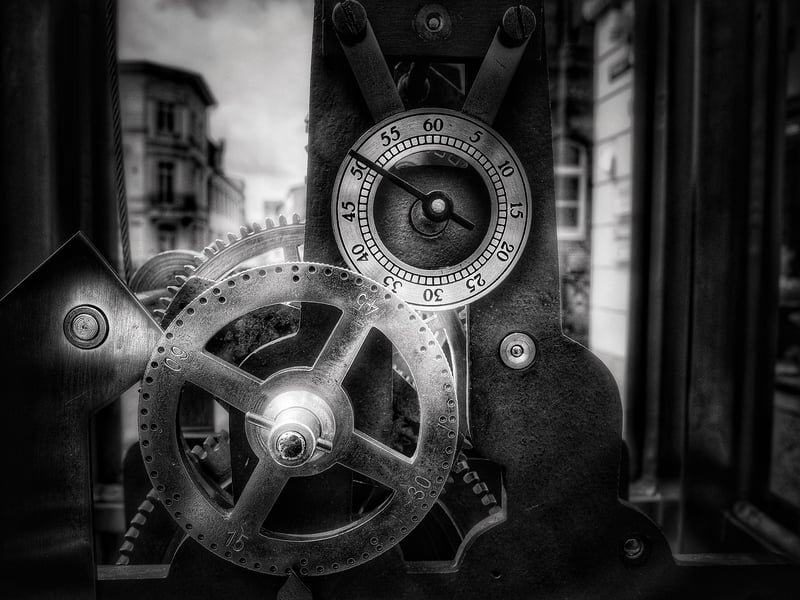Predestination Paradox
The Intriguing World of Time-Travel Narratives
Time-travel stories have fascinated audiences for decades, delving into the complexities and paradoxes that arise when characters journey through time. One of the most perplexing concepts in time-travel narratives is the Predestination Paradox, a mind-bending phenomenon that challenges our understanding of cause and effect.
What is the Predestination Paradox?
The Predestination Paradox, also known as a causal loop, occurs when a time traveler unknowingly influences past events in a way that ensures their own future actions. In essence, the time traveler's actions are predestined and loop back on themselves, creating a self-perpetuating cycle with no discernible origin.
Dilemmas in Time-Travel Narratives
Time-travel narratives often explore various dilemmas that arise from altering the past or interacting with one's past self. These dilemmas can include:
- The Grandfather Paradox: What happens if a time traveler goes back in time and prevents their own grandfather from meeting their grandmother, thus preventing their own birth?
- The Bootstrap Paradox: How did an object or information come into existence if it was never created but instead brought from the future?
- Butterfly Effect: Small changes in the past can have significant and unforeseen consequences in the future.
Exploring Time-Travel Narratives
From classic works like H.G. Wells' "The Time Machine" to modern films like "Back to the Future" and "Interstellar," time-travel narratives have captivated audiences with their imaginative storytelling and thought-provoking themes. These stories often challenge our perception of time, destiny, and free will, inviting us to ponder the implications of altering the past or shaping the future.
Image Source: Pixabay

